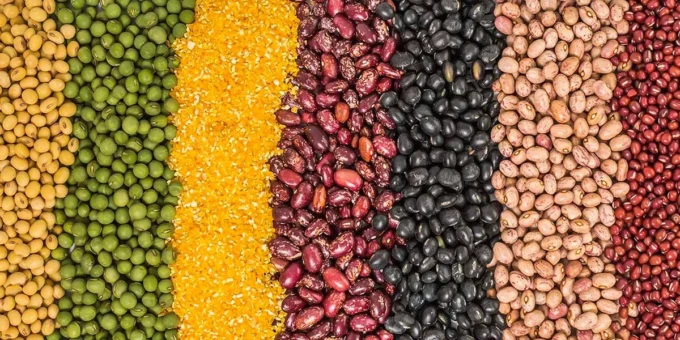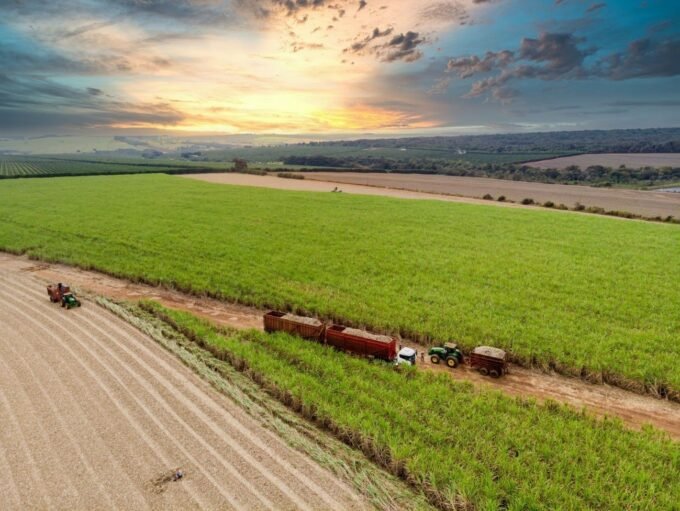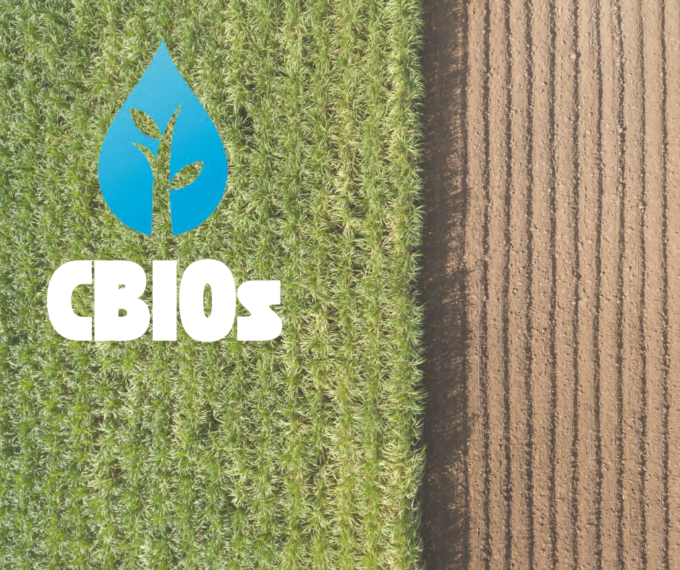The ethanol industry’s contribution to the world’s animal feed market is massive, adaptive and largely underappreciated by our critics. Roughly one-third of every bushel of corn processed by an ethanol plant becomes feed for cattle, swine and poultry. In fact, our industry produced 41 million metric tons of animal feed last year, with a fourth of it exported to more than 50 countries. So, contrary to the claims of critics, corn ethanol is growing the world’s food supply, not reducing it. And we’re contributing in more ways than ever. In this month’s cover story, “Hatching Higher Protein,” on page 22, we look at the high-protein feed technologies being adopted by U.S. ethanol producers. The platforms vary, but each strives for higher-value coproducts pivoting around protein-rich feed. These products are encouraging because their amino acid profiles, with high digestible energy, are ideal for monogastrics—swine, poultry and fish—a market we’d like more of.
While our industry’s feed coproducts are underrated, its carbon dioxide sales are practically unnoticed. That’s okay because most of America’s 200-plus ethanol plants are not well-positioned to capture and sell CO2 for commercial use. But as we discover in “Enhanced Oilfield Opportunities,” on page 36, this could soon change. A revision of federal tax law may spur some ethanol producers to evaluate CO2 for enhanced oil recovery (EOR). Indeed, the retooled tax credit is catching our industry’s attention, and the idea of an interconnected pipeline that would stream together CO2 from multiple Midwest ethanol plants is compelling, if only conceptual.
This issue of EPM is all about coproducts, so it makes sense that we’re addressing at least one potential hazard of producing them—dryer fires. Although our industry reports just one or two major distillers grains dryer fires a year, the likelihood of a dryer experiencing a minor fire during its lifespan is high. As we learn in “The Defense is in the Details,” on page 42, new technology is helping reduce this risk, but making sure ethanol plant employees understand the root causes of these fires remains critical to preventing them.
The production of biobased chemicals has for years been an alluring prospect for ethanol producers. Alcohol is a great molecule for chemistry, after all, and America’s ethanol plants are well suited to host such additions. In “Partners In Production,” on page 50, we learn how one ethanol plant in Nebraska is doing just that with plans to produce ethyl acetate and hydrogen. We also drop in on ventures to produce furoate, isobutanol and more.
Finally, check out our “FEW Technical Sessions Planner,” on page 56. This year’s International Fuel Ethanol Workshop & Expo will take place in Omaha, Nebraska, June 11 to 13. We’re expecting a record number of producers at this year’s show. See you there.
Compartilhar
Últimas notícias
Artigo Relacionado
MercadoSem categoria  Jornalismo16 meses Agora
Jornalismo16 meses Agora
Conab mantém projeção de recorde de produção de grãos em 2024/25
Companhia estima colheita de 322,4 milhões de toneladas, volume 8,2% maior do...
AgrícolaSem categoriaÚltimas Notícias  adminabril 20, 2022
adminabril 20, 2022
Monitoramento de produtividade de cana-de-açúcar com o uso do NDVI
A cana-de-açúcar é uma das principais culturas agrícolas do Brasil e de...
Sem categoria  Redaçãoabril 6, 2022
Redaçãoabril 6, 2022
Cbios: Governo pretende transferir regulação de títulos
A responsabilidade sobre a regulação financeira dos Cbios (Créditos de Descarbonização) poderá...
Sem categoria  Redaçãomarço 14, 2022
Redaçãomarço 14, 2022
MME cria comitê para monitorar o suprimento de combustíveis e biocombustíveis
Ministério de Minas e Energia (MME) publicou, na última quinta-feira (10/03), a...













